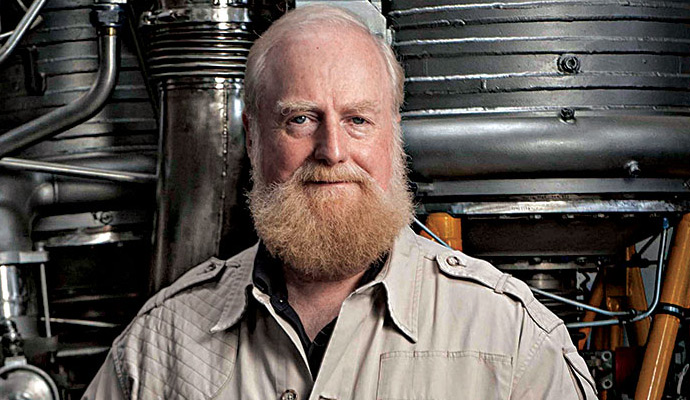In my mind innovation, creativity and curiosity are absolutely linked. In an increasingly volatile world, these traits assume new value as they allow people to assemble disparate knowledge and recombine it in order to avoid ‘failures of imagination’ about possible futures. PwC carried out a survey earlier this year of CEOs which threw out some fascinating insights:
When asked recently to name the one attribute CEOs will need most to succeed in the turbulent times ahead, Michael Dell, the chief executive of Dell, Inc., replied, “I would place my bet on curiosity.”Dell was responding to a 2015 PwC survey of more than a thousand CEOs, a number of whom cited “curiosity” and “open-mindedness” as leadership traits that are becoming increasingly critical in challenging times.


